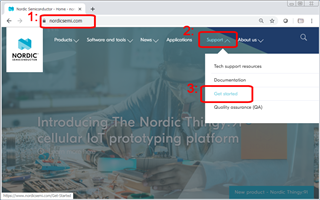Hi, I've being using an arduino to collect pressure measurements from the BOSCH BMP280 pressure sensor over I2C. I want to do the same using the nRF52840 and miniturize my device. I want to send the data over bluetooth to my PC. Where are the tutorials and sample code that would help me? Is there a sample project similar to this?

